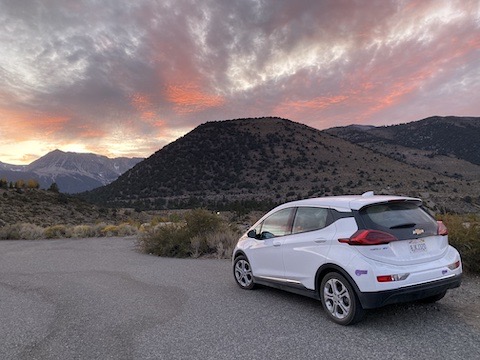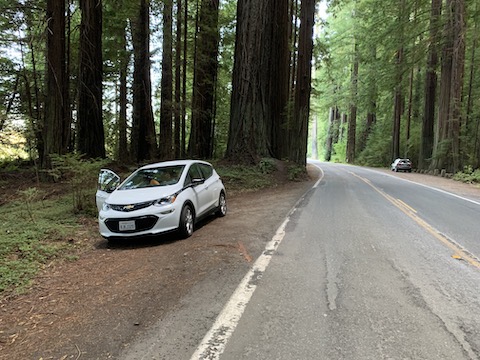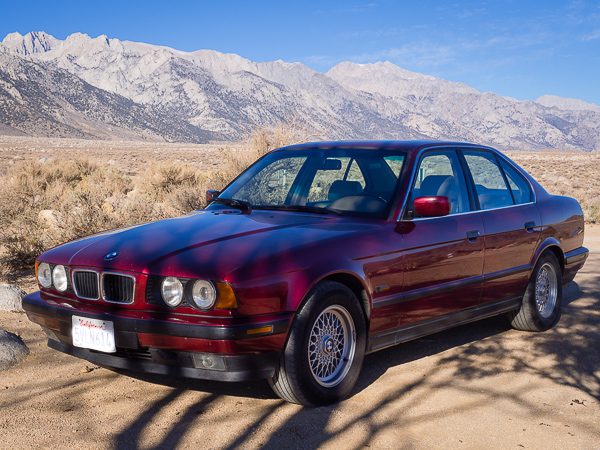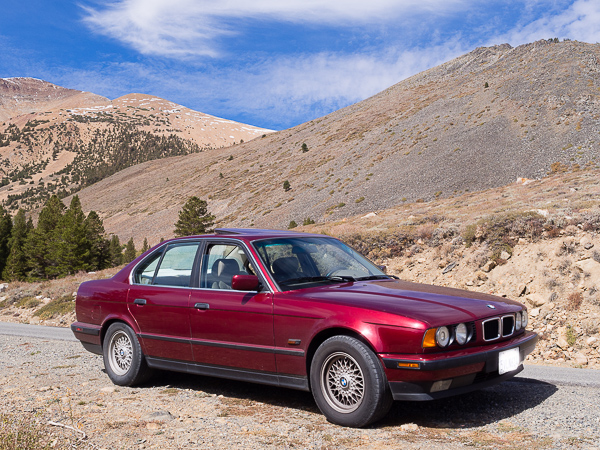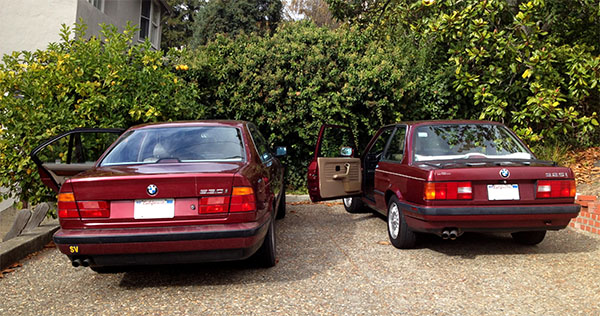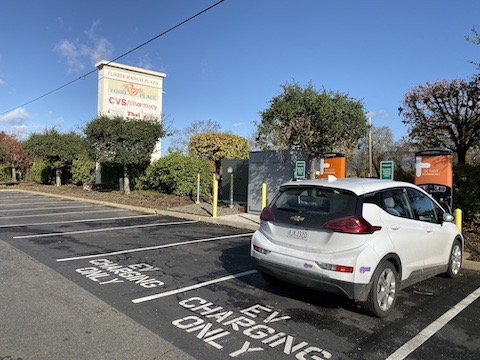
One of the excuses I used to justify purchasing the Chevy Bolt was the cost of fuel. Last year I spent something on the order of $2000 on gasoline, even with absurdly low American gasoline prices (~$3.33/gallon). True, I got around 18,000 miles out of that gasoline, but that’s still a substantial sum, all the more so considering who it is that’s actually profiting from the transaction. EV driving, I estimated, would be cheaper.
Turns out for once I was generally correct.
The great thing about EVs is they can be charged almost anywhere that there is a power outlet. True, there are dedicated charging networks which are necessary for making long trips without spending huge amounts of time, but for the most part, if your home or office has a power outlet, you’re set.
The Bolt’s battery is 60kWh. Charging is pretty efficient (90% or so), so to fill from empty, you need typically ~66kWh of actual energy from the grid. The average price for residential electricity in the US is $0.12/kWh, which means that in theory you should be able to ‘fill’ your battery for the princely sum of… $8. And with that, you can travel 240 miles.

